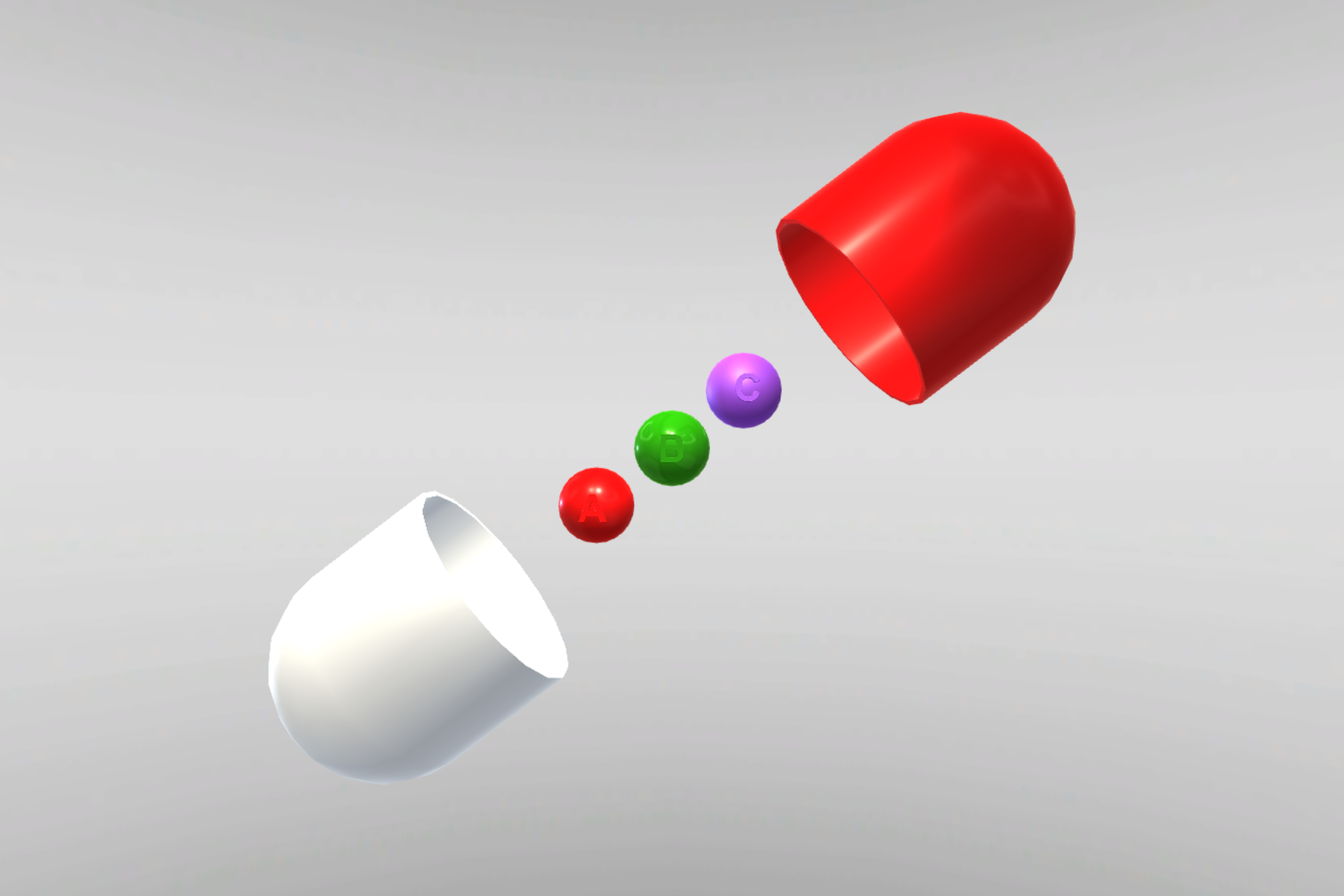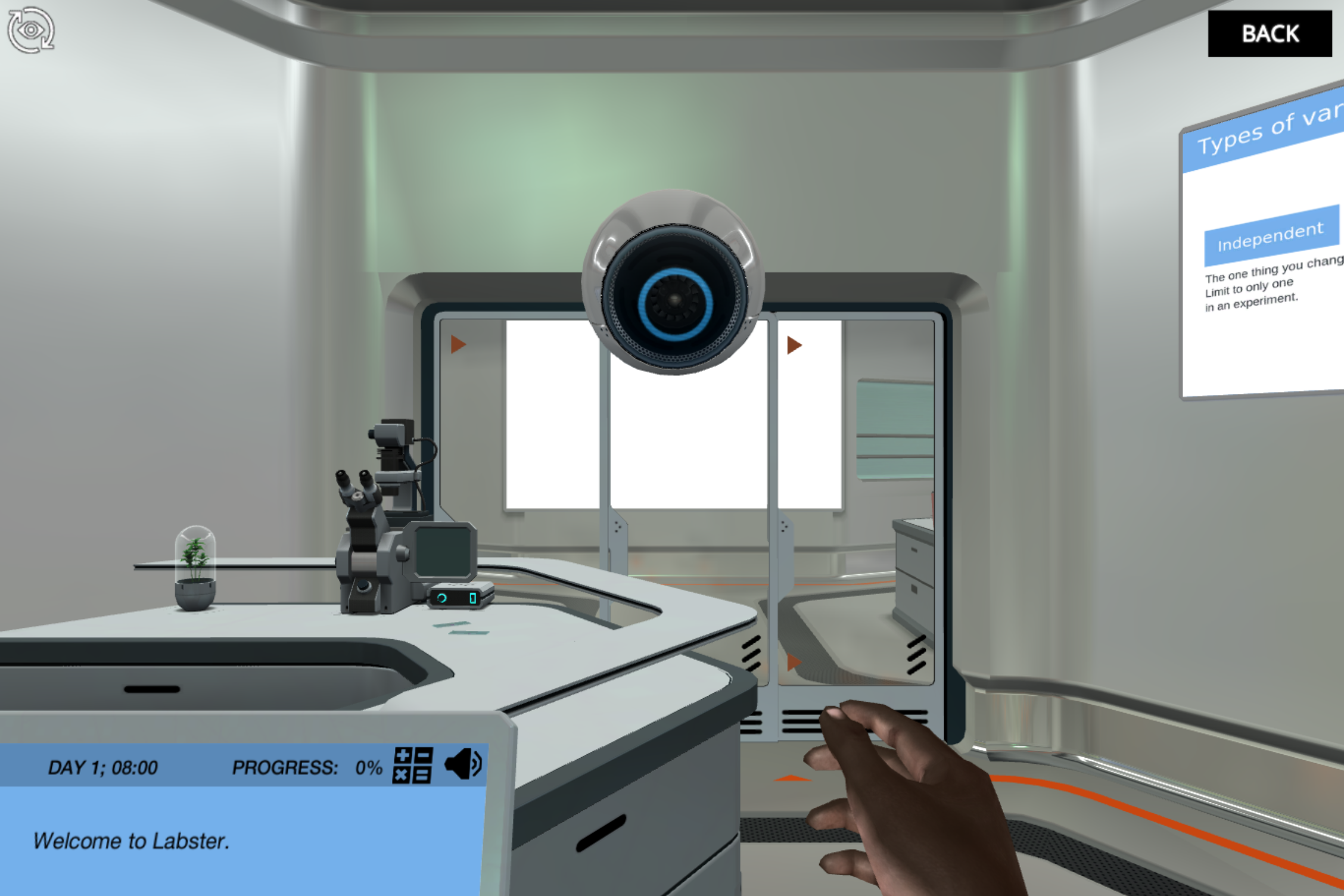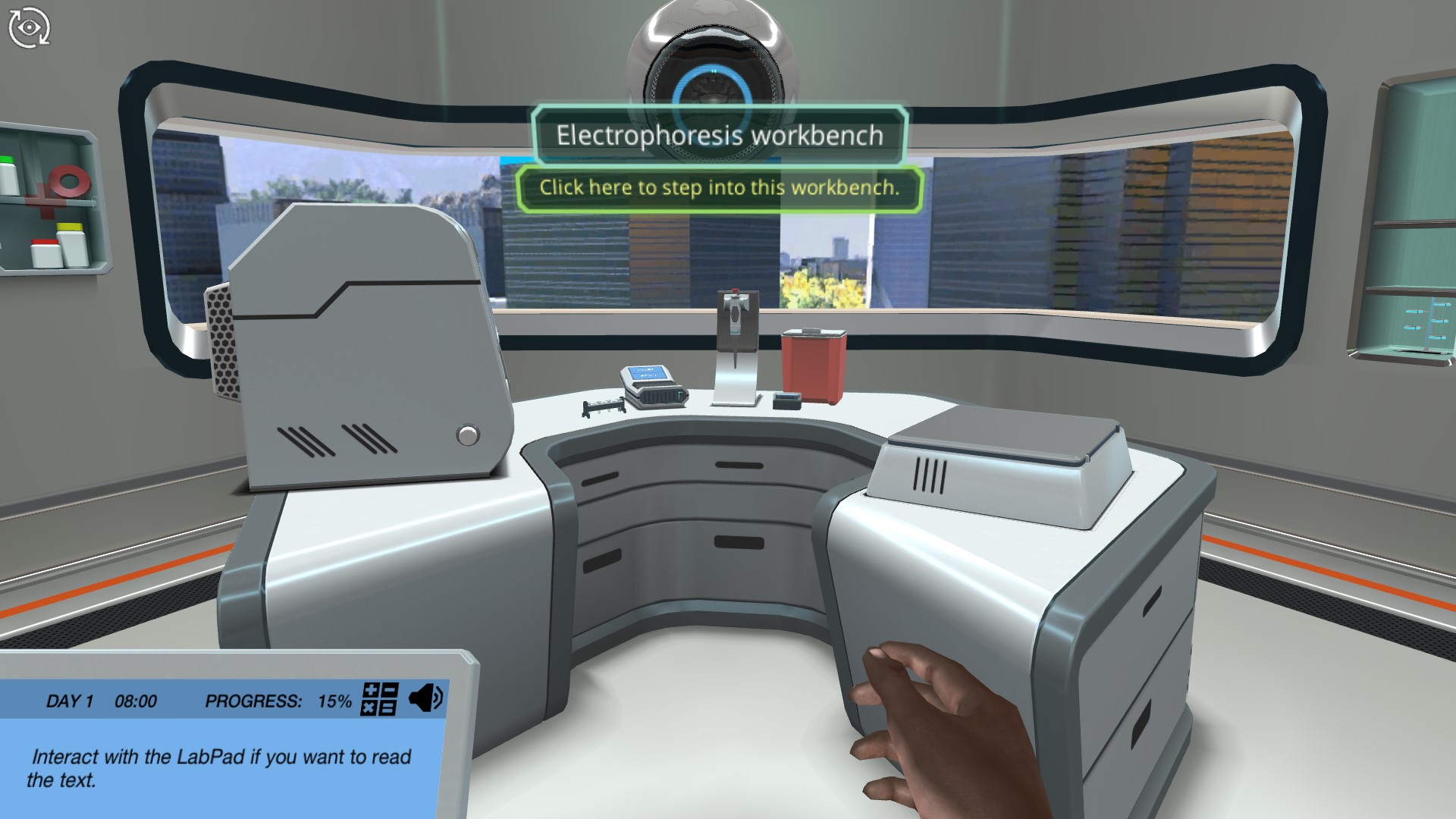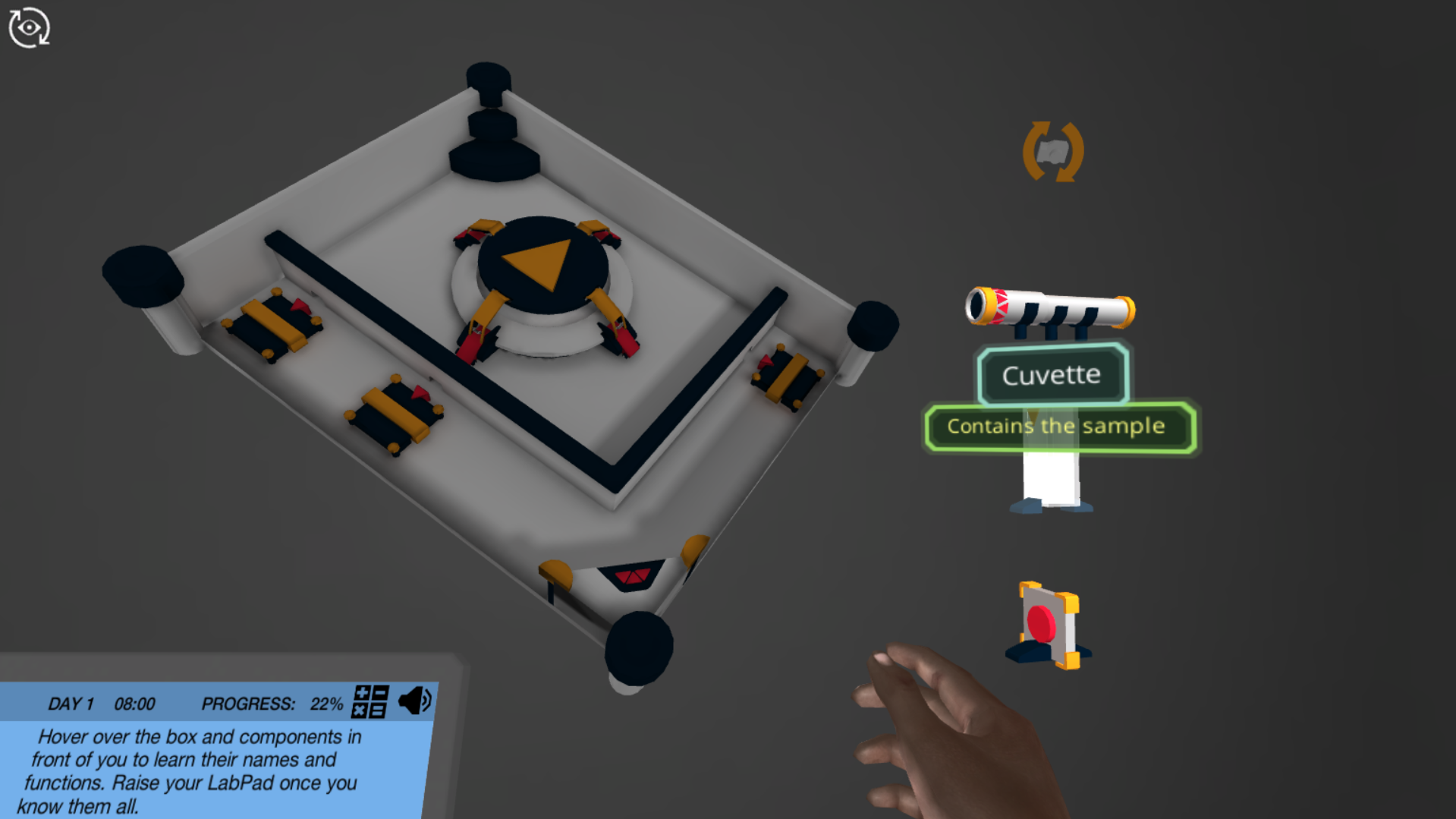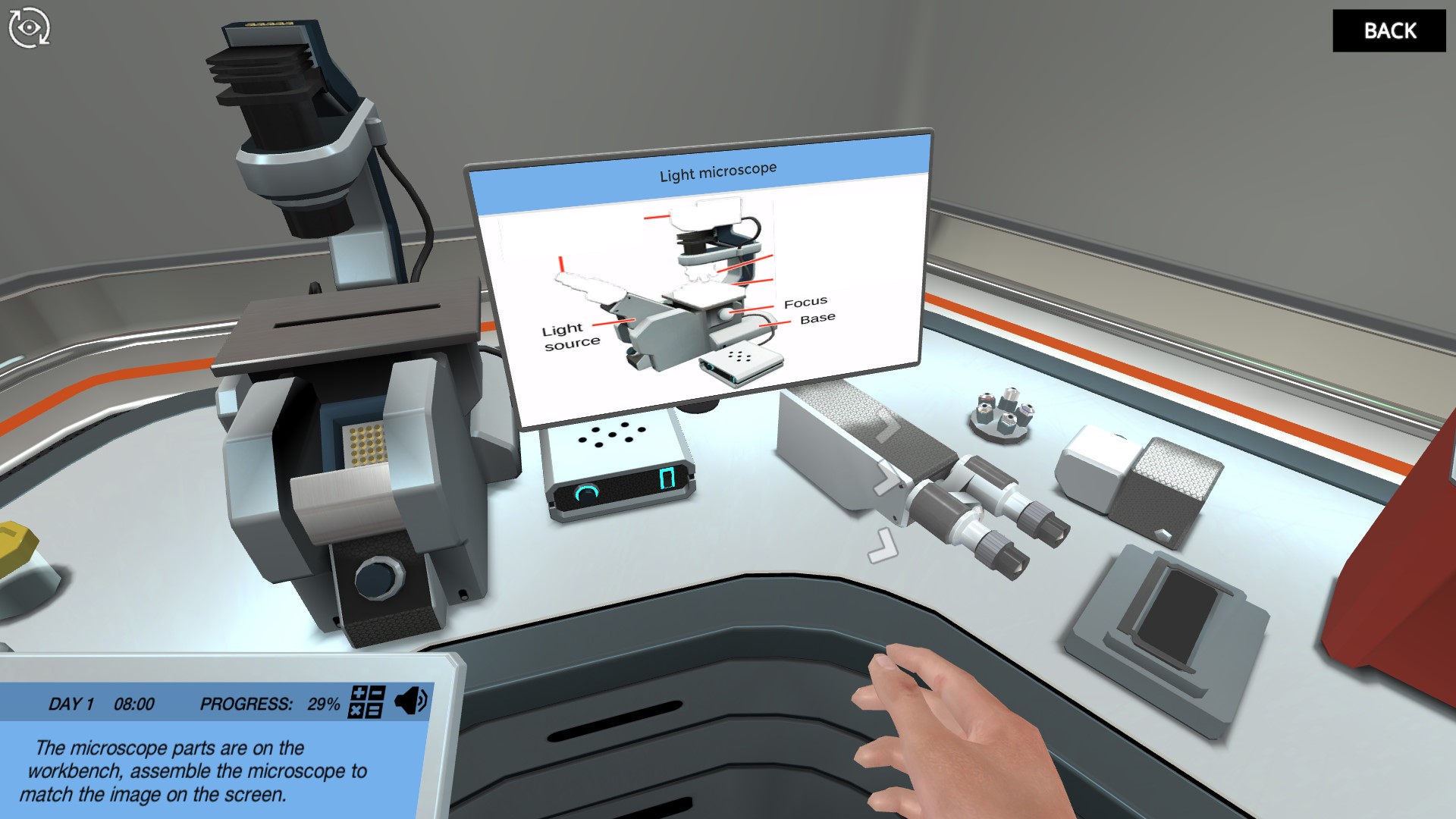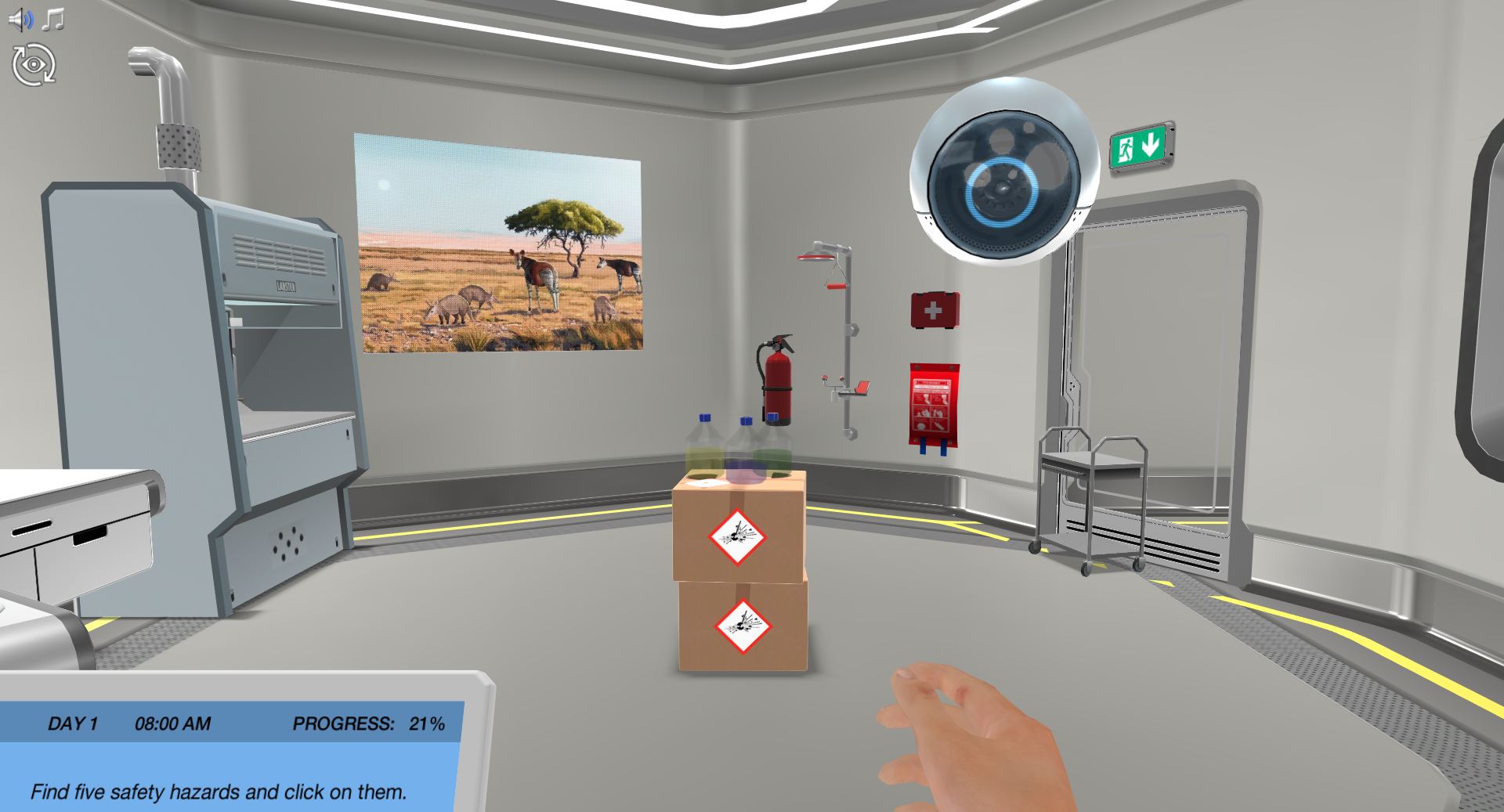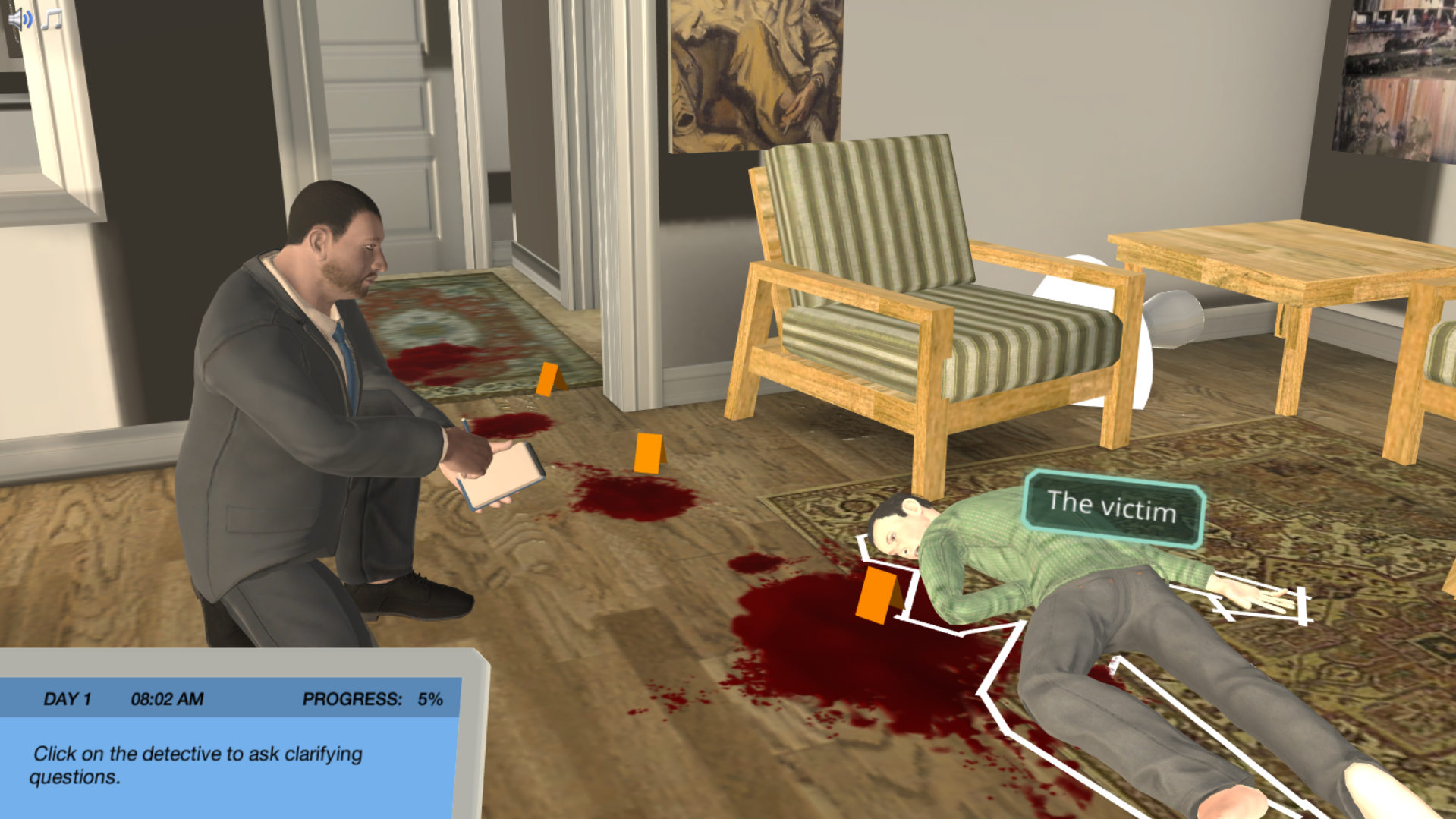Collection Simulations
Urinalysis: Analyze urine to suggest a diagnosis
Perform the three stages of urinalysis on a variety of urine samples collected from patients. Apply your knowledge of urine's macroscopic, chemical, and microscopic properties to interpret the urinalysis results and suggest a plausible diagnosis.
SDS-PAGE: Separating proteins by molecular weight
Investigate each step of SDS-PAGE from gel selection and sample preparation to chamber assembly and what really happens when the current turns on, to separate proteins solely by molecular weight, bringing us one step closer to identifying the protein.
Microscopy
Analyze the microscopic structure of the small intestine and learn the advantages and limitations of light, fluorescence and electron microscopy.
Western Blot Transfer: Prepare for protein detection
Join Dr. One and two colleagues on their mission to cure cancer. They are using Western blot to compare the level of p53 protein in cancerous and healthy control cells. Can you help Dr. One with the tricky membrane transfer step?
Photosynthesis: Algae pigment analysis
Help Roxy figure out if a mysterious dark algae is able to do photosynthesis using green light and measure this process with the Hill reaction.
The Scientific Method
Work as a pharmaceutical detective to identify the link between a new drug and a recent epidemic. Use the scientific method to come up with a hypothesis and subsequently design an experiment that will test the validity of your hypothesis.
Counting Cells: Control the epidemic
Work as a pharmaceutical detective to identify the link between a new drug and a recent epidemic. Use the scientific method to define the different variables and perform a fluorescent cell assay to test the effect of the drug on the cells.
Gel Electrophoresis: Visualize and separate nucleic acids
Solve a crime by using DNA fingerprinting to identify a thief. Use nucleic acid gel electrophoresis to separate and visualize DNA molecules and watch an animation to understand what happens inside the gel tank.
Spectrophotometry: Learn the Beer-Lambert law with absorbance experiments
Build your own spectrophotometer to measure the absorbance of a reaction product on Mars!
Light Microscopy
Enter the virtual microscope room to see inside a tissue sample. Learn how a light microscope can magnify an image and answer biological questions.
Lab Safety
Survive your first day in the lab by identifying the different hazards you might encounter in an unsafe laboratory. You will be introduced to the lab dress code, safety equipment and the do's and don'ts when working in a lab.
Experimental Design
Work as a pharmaceutical detective to identify the link between a new drug and a recent epidemic. Use the scientific method to design an experiment and perform a fluorescent cell assay to test your hypothesis.
Polymerase Chain Reaction
Learn the techniques and application of Polymerase Chain Reaction and Gel Electrophoresis. Explore a real-world application, such as analyzing unique genetic fingerprints to solve a murder case.
Bacterial Quantification by Culture
Use the serial dilution technique to quantify the effect of a novel antibiotic compound on bacterial growth.
Animal Genetics
Learn about the Mendelian inheritance of double muscling in cattle. Find the responsible gene using linkage analysis and learn how mutation in this gene alters gene expression resulting in double muscled cattle.
Boost STEM Pass Rates
Boost Learning with Fun
75% of students show high engagement and improved grades with Labster
Discover Simulations That Match Your Syllabus
Easily bolster your learning objectives with relevant, interactive content
Place Students in the Shoes of Real Scientists
Practice a lab procedure or visualize theory through narrative-driven scenarios



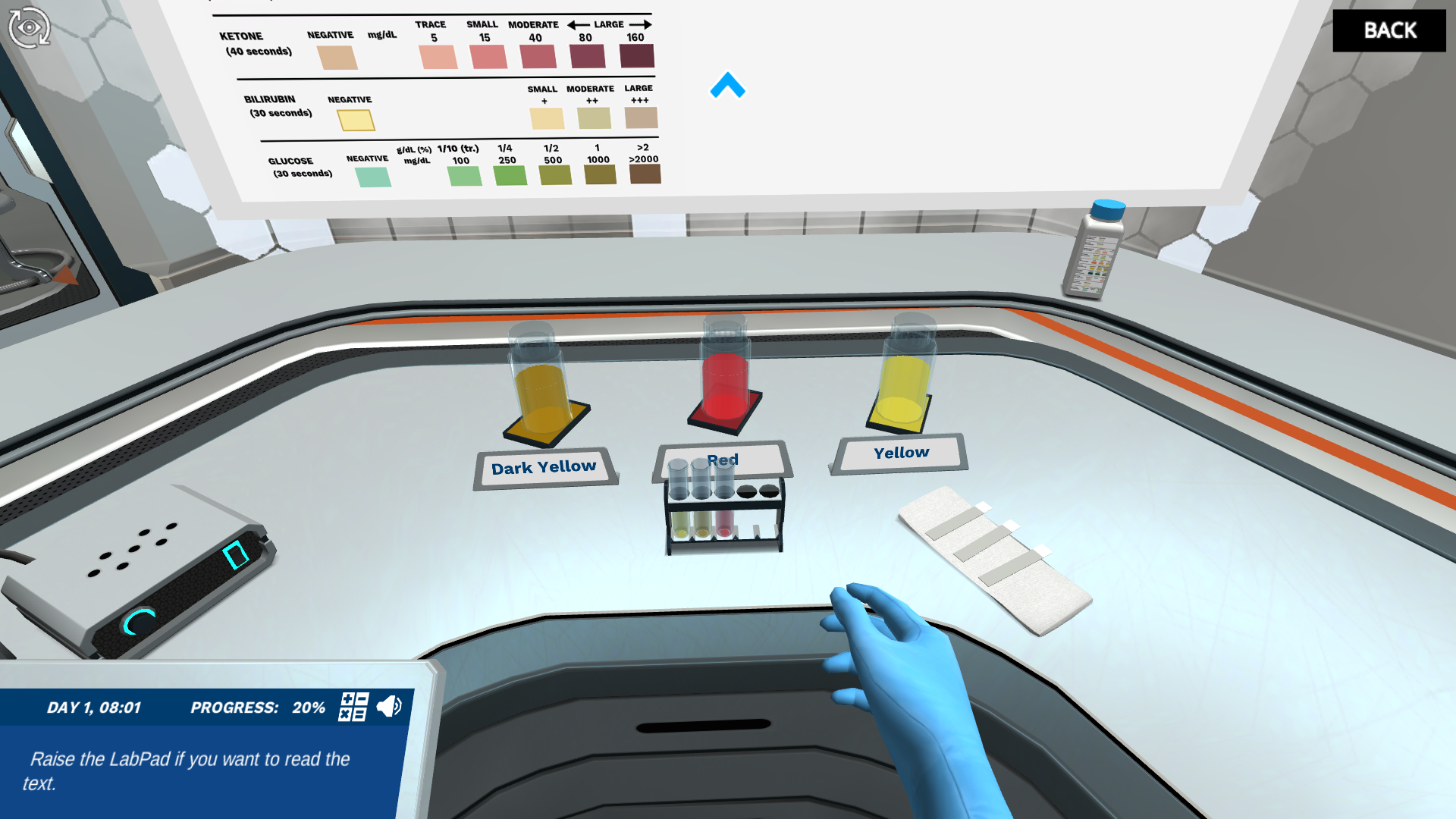
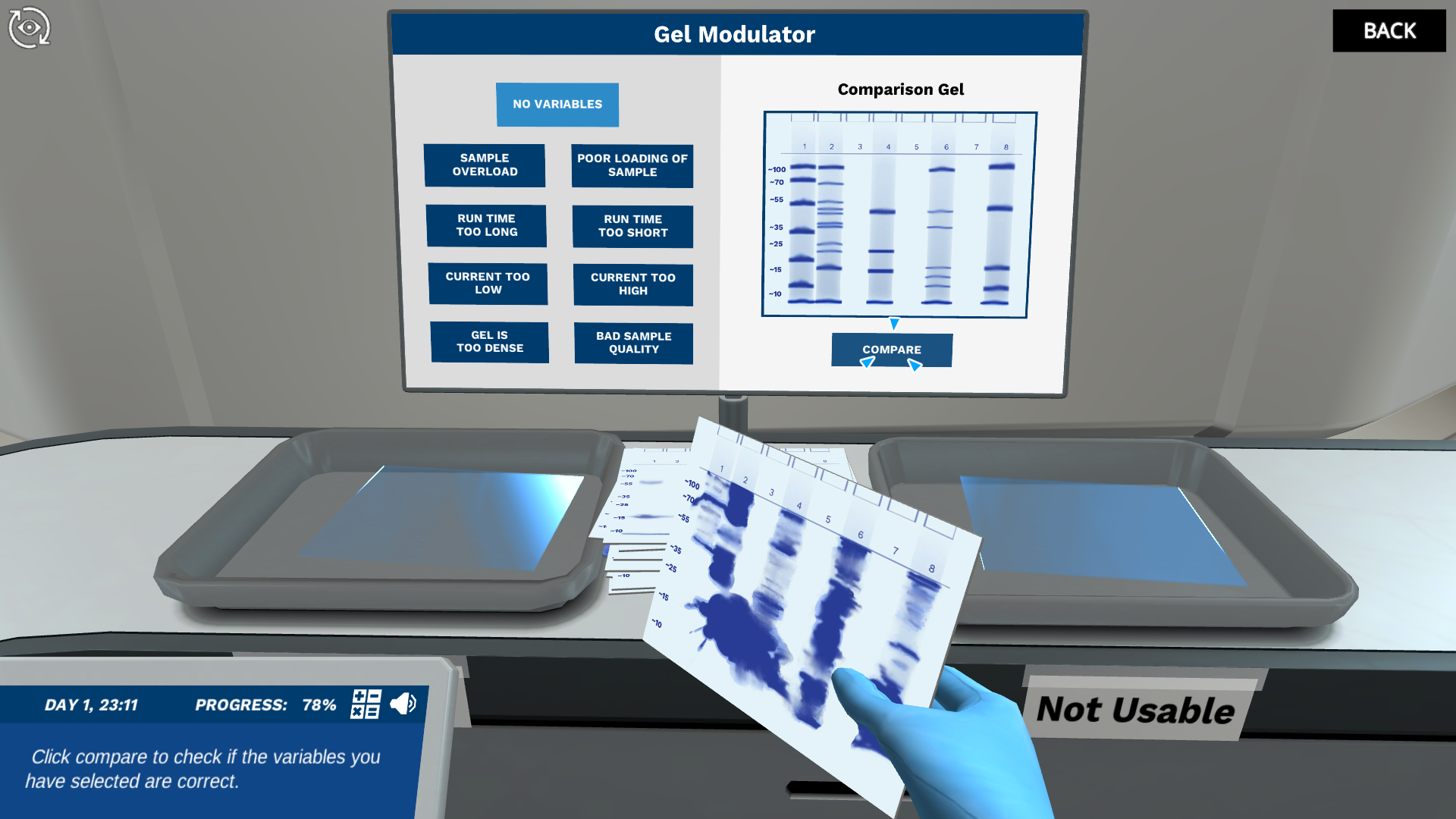
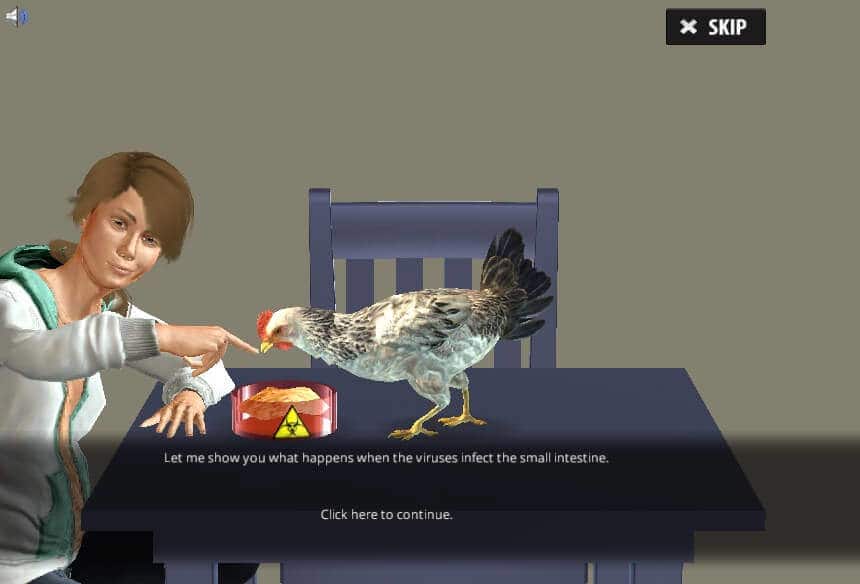
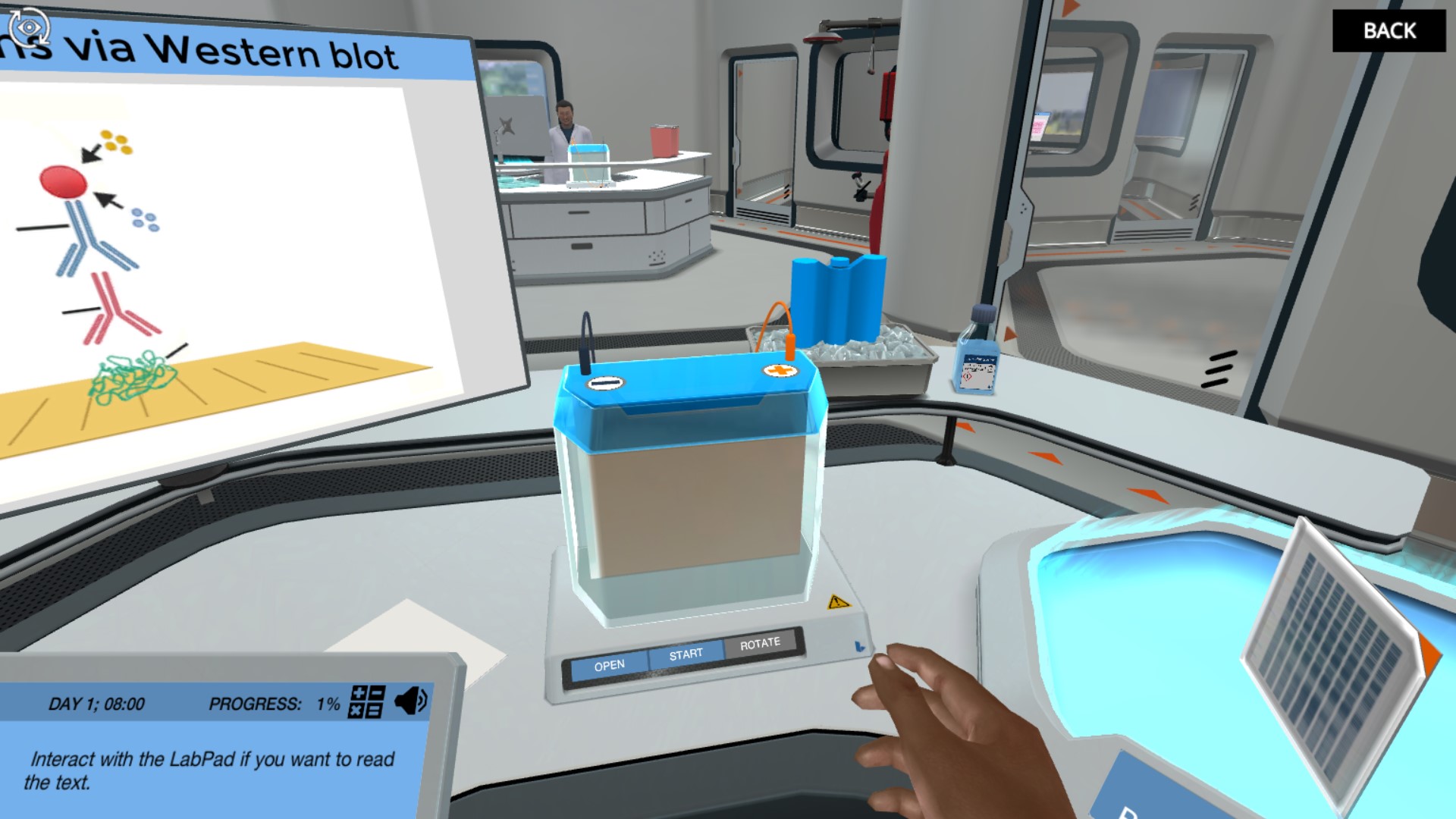
.png)
